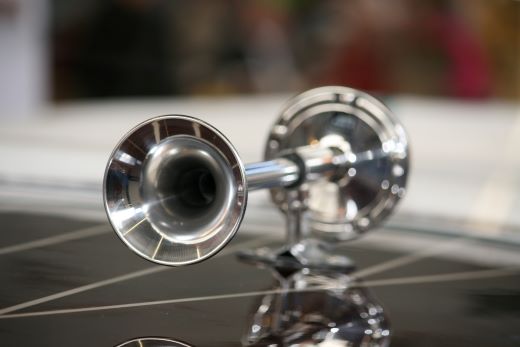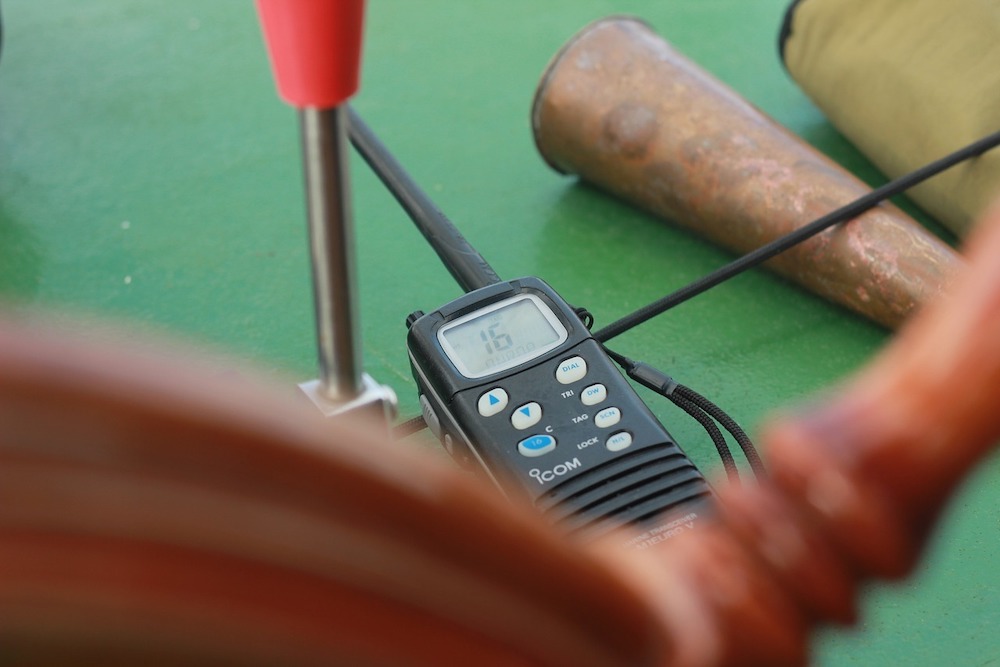Proper Use of A VHF Marine Radio
If there’s one piece of safety equipment on your boat that rivals a life jacket in terms of being valuable for you (and your guests) in an emergency, it’s your VHF marine radio (either handheld or fixed-mount). When you’re out of cell phone service coverage (or the battery’s dead or you left it on your charger at home), your VHF radio can summon the help you need in the case of an accident. Certain frequencies, such as channels 9 and 16, are monitored by the Coast Guard (or other boating law enforcement agency) and, when used properly, a marine radio can be an effective way to communicate with other vessels, along with harbormasters and marinas, for various reasons.
It’s important to respect the etiquette for using a VHF radio to make sure your messages are clearly understood and a proper response can be put into effect. Here are some key points to remember when using your marine radio.
• Although recreational power boats under 65 feet in length are not required to have a marine radio on board, it’s really a good idea to have one whenever you go out. Fixed-mount radios are just that, fixed to the helm like your CD player. Handhelds can be stowed out of the way, but always know where it is. Emergencies can happen quickly, whether it’s you or another vessel.
• When your radio is on but not transmitting, keep it on Channel 16. You are required to come to the aid of other vessels and Channel 16 is used for hailing other boaters. You can switch to another agreed-upon channel after contact is made. This channel is also used for weather alerts and reports of hazards to navigation.
• Don’t ever say "mayday" unless you have a real emergency that threatens someone’s life or puts property in danger. Other boaters and the Coast Guard will converge on a mayday distress call, and you will not be popular if a child or crewmember is goofing around with the radio. Mayday is a 911 call on the water. Make everyone on board knows the rules. If you do have a legitimate mayday call, say it three times, followed by your location and your situation.
• Conduct radio checks on Channel 9, not Channel 16. Tune to Channel 9, press the microphone button and announce: "Radio check on Channel 9, radio check on Channel 9." Follow that with your boat’s name and location. Other boaters will respond with something like: "Radio check loud and clear" then announce their vessel name and location. Conclude the transmission with: "Radio check thank you, over and out." This lets both vessels know their radios are working properly and that the conversation is over.
• Don’t use bad language or broadcast anything besides clear, easy-to-understand requests or instructions. For that reason, make sure you supervise use by children and anyone not familiar with the rules.
• VHF radios work like walkie-talkies, not telephones. For that reason, only one person can talk at a time. You press the button, send your message (boat name, radio channel, location, and "over"), release the button and wait for a response. Remember that others may be trying to use the channel as well, so make sure you listen first and make sure they are finished before starting your transmission.
• Because of the technology and the less-than-perfect conditions VHF radios are often used, remember that it’s often hard to understand numbers and certain letters. When stating numbers, say each number individually. If you’re at channel marker 316, say "three-one-six" instead of "three-sixteen." Also, there’s a reason the phonetic alphabet has been around a long time. It works. Study up! Alpha, Bravo, Charlie, Delta, Echo, Foxtrot, Golf, Hotel, India, Juliet, Kilo, Lima, Mike, November, Oscar, Papa, Quebec, Romeo, Sierra, Tango, Unif

